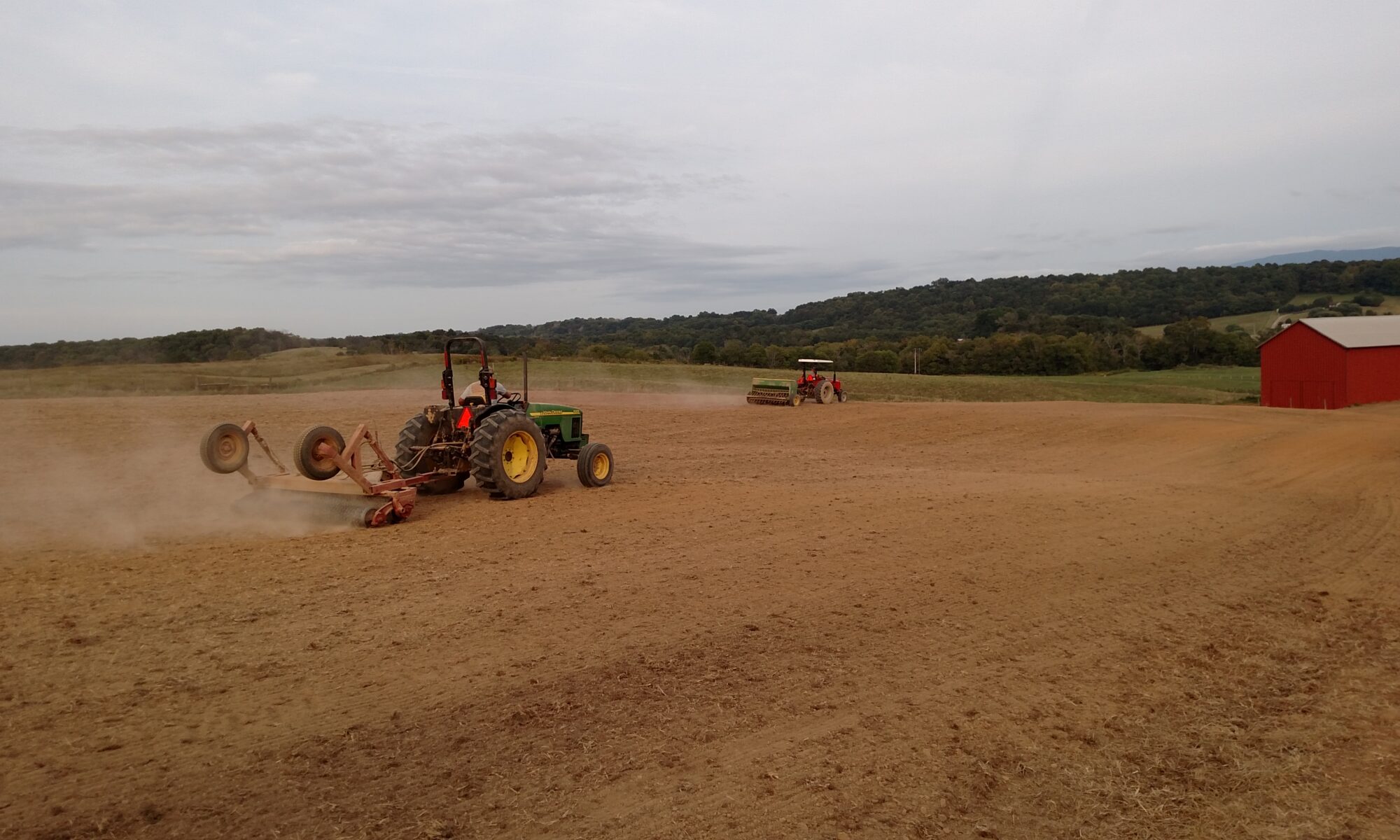

Dr. Bruno Pedreira
Associate Professor and Extension Forage Specialist
Department of Plant Sciences
Director, UT Beef & Forage Center
P: 865-974-3535
Planting is one of the practices that change the course of humankind. Humans began transitioning from a nomadic lifestyle to settled farming communities more than 10,000 years ago. This shift occurred when people started domesticating plants and animals, which allowed them to produce food in one location rather than relying solely on hunting and gathering. This transition took place in various parts of the world, where several crops were cultivated, including grain and forage crops.
For a livestock producer, being a forage producer comes first. Without grasses, we can’t support our herds or produce meat and milk. To be a successful forage producer, proper planting is essential. A well-established pasture can prevent many issues in the long run, especially with perennial forages. That’s why an updated version of the Forage and Field Crop Seeding Guide for Tennessee has just been released. You can find it at: tiny.utk.edu/seedingguide. This guide offers recommendations on seeding rates, planting depths, and seeding dates for most crops grown in the state.
Seeding rates help determine how much seed is needed per acre. These rates are always given as a range because field conditions can vary greatly. Based on your field assessment, you should adjust towards the high or low end. When using the higher end of the recommendation, more seedlings have a chance to germinate, and the ground will be covered faster, reducing weed competition. Remember, shade is your best herbicide during the establishment phase.
Planting depth is also important, as seed size varies by species. Larger seeds have more reserves, allowing them to be planted deeper in the soil. On the other hand, tiny seeds, if planted too deep, will use up all their reserves just trying to break through the soil, leaving little energy to develop the first leaf, which is crucial for growth. Planting at the wrong depth can reduce the number of successfully germinated plants in your pasture.
Lastly, seeding dates are critical. These dates help define the best planting window, the time when, on average, you have the greatest chance of establishing a solid pasture stand. And that’s the goal, right? Establishing a pasture is expensive, and you want it to last, whether it’s for one year (for annuals), a few years (like orchardgrass), or decades (like tall fescue, Bermuda, or switchgrass).
So, if you seed at the right rate, the right depth, and during the suggested window, will everything be perfect? Not necessarily! There are many other factors to consider, like soil conditions, nutrient availability, pH, weed pressure, and weather. If Mother Nature doesn’t send the rain and proper temperatures, even the best practices won’t guarantee success. But with favorable environmental conditions, proper seeding practices can make all the difference in establishing a healthy, productive pasture.
Speaking of practices that makes economic impact, the 2024 Annual Meeting of the Tennessee Forage & Grassland Council will be held in Murfreesboro on November 8th. We hope you can join us for an engaging forage discussion with producers from across the state. For more information, visit our website: https://utbeef.tennessee.edu/tennessee-forage-grassland-council/.